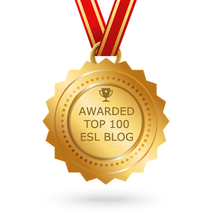|
Accessing prior knowledge is an important element of instruction especially when serving multilingual learners. It doesn’t have to take long, but when implemented it can stimulate thinking and help new learning stick too.
ABC Brainstorming is one way to access prior knowledge, and it can also be used as a culminating activity. ABC Brainstorming can be done in small collaborative groups or it can be done individually. I have found it most effective when introduced first individually for a few minutes and then in small collaborative groups. This is a monolingual brain. This is a brain on multiple languages. In a globalized society, it is a disadvantage to understand and speak a single language. Nations work together to solve problems as well as communicate and work alongside one another. Therefore, one who is able to speak and understand multiple languages has apparent advantages in communication over one who can not.
Let’s examine the brain, languages, and how this plays out in our classrooms. The F-Word. Fidelity & Why it May Be a Fallacy for EL InstructionBuzzwords in education are like mosquitos. They are here for a while and during that time they become very annoying. Lately, many educators are hearing one certain F word frequently in regard to programs and curriculum.
FIDELITY “There is something special about the languages we learn early in life”, research indicates.
Worldwide over 7,000 languages are spoken. While linguistic diversity is valued by many countries in the world, 40% of these languages are endangered. International Mother Language Day is celebrated on February 21st each year in an effort to shine a spotlight on the beauty and power of linguistic diversity and multilingualism. Teaching multilingual children is a gift. It’s truly a joy. In my own classroom, I learned so much from my students, especially those that spoke more than one language.
Over the years, one thing I learned from experience as well as through professional learning is that each student deserves to be seen and served individually. No one size fits all approach works. While differentiation may seem daunting, it’s actually not that scary. Dr. Stephen Fleenor describes differentiation as “not creating individualized lessons...it is creating environments in which students at all different levels, all different proficiencies...can each thrive and each grow one level up in that lesson”. Dr. Fleenor offers two wise suggestions for creating of environments that offer differentiation: The courses offered include:
The ELPS Linguistic Instructional Alignment Guide or LIAG is aresource also available to educators. It is not a course but a resource that is handy for planning instruction. As a classroom teacher, the LIAG can a used to tailor listening, speaking, reading, and writing goals and instruction for each English Learner in your classroom. Sheltered Instruction videos are coming soon! So be on the look out! And share this awesome resource with your colleagues. Just wondering...for those of you who don't live in the GREAT state of Texas, does your state/country have something like this for teachers? Please comment. Enjoy! TEXAS teachers!! Have you heard about Texas Gateway???
This is an AMAZING, FREE resource library for all Texas educators and parents created by the Texas Education Agency. The courses offered are self-paced, online courses. Some even include videos and classroom support documents. As an advocate for English Learners, I truly love that the Texas Gateway offers several courses related to supporting teachers and administrators of ELs. Teachers can take the courses and receive professional development credit for them too! But BEST of all, teachers and administrators will gain valuable knowledge about how to effectively support English Learners in their classrooms and schools utilizing the English Language Proficiency Standards aligned with the TEKS. |
Categories
All
|
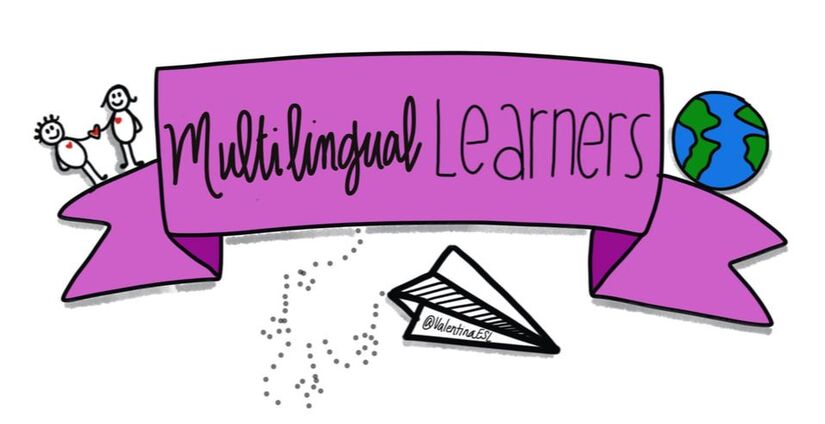
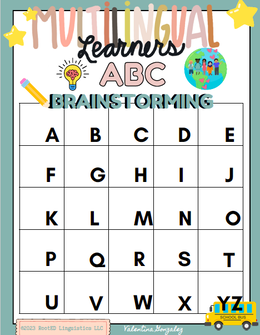
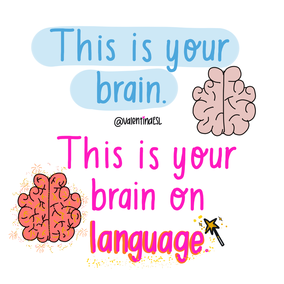
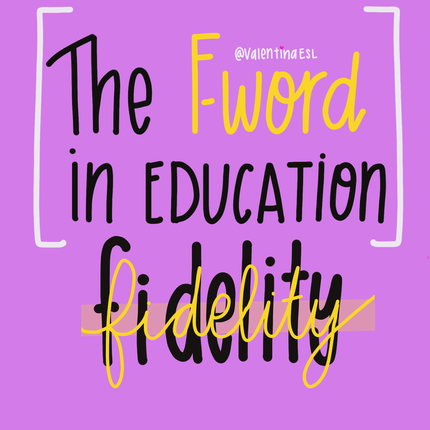
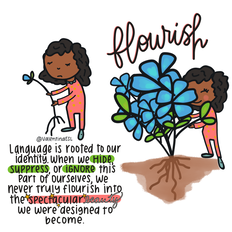
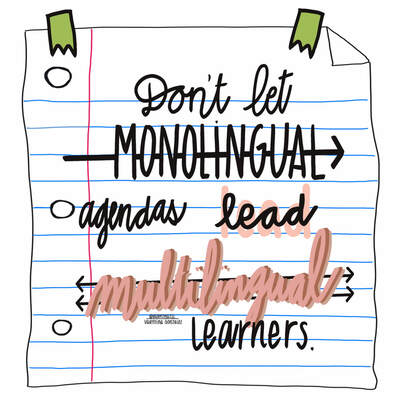
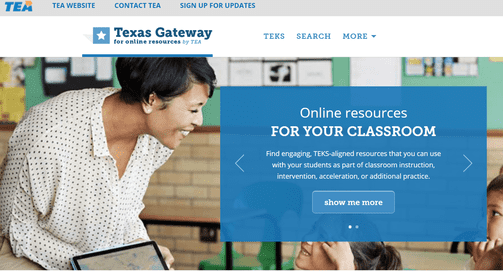
 RSS Feed
RSS Feed
